
 looking for something to scan on the ground.... coblestones are everywhere!
looking for something to scan on the ground.... coblestones are everywhere!
To test the lab scanner, I decided to use a reference object. The aim is to print it in a box format, using extravagant colors. The cobblestone is a Portuguese icon.
Scanning is not very practical if you want to walk around with this wired version of the Sense1

After the scan I exported a few formats.
The experience procedeed by importing the .obj to fusion and practicing a couple of operations. I didn't get to a final shape but I'm sure I will get back to this in a near future.
I ran this test to test the scanner's ability to identify and illustrate in further 3d print geological or archeological artifacts. I used a cobblestone as a Portuguese very ordinary object and a representation of a stone artifact. I concluded two things:
This spinner module is far from effective as a spinner, but it was designed as a unmachinable artifact, aimed at testing 3d printing possibilities. Here are a few of these:
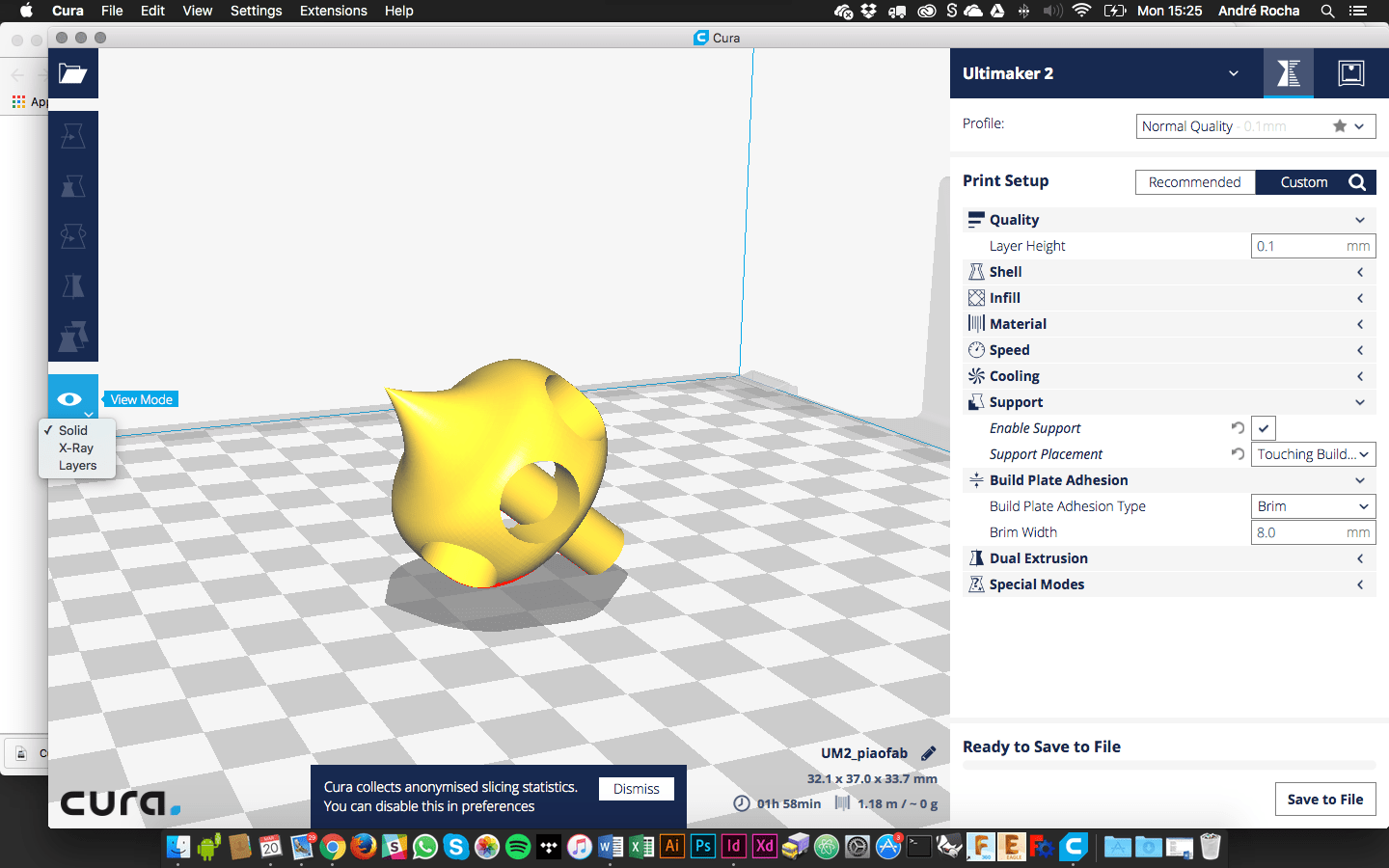
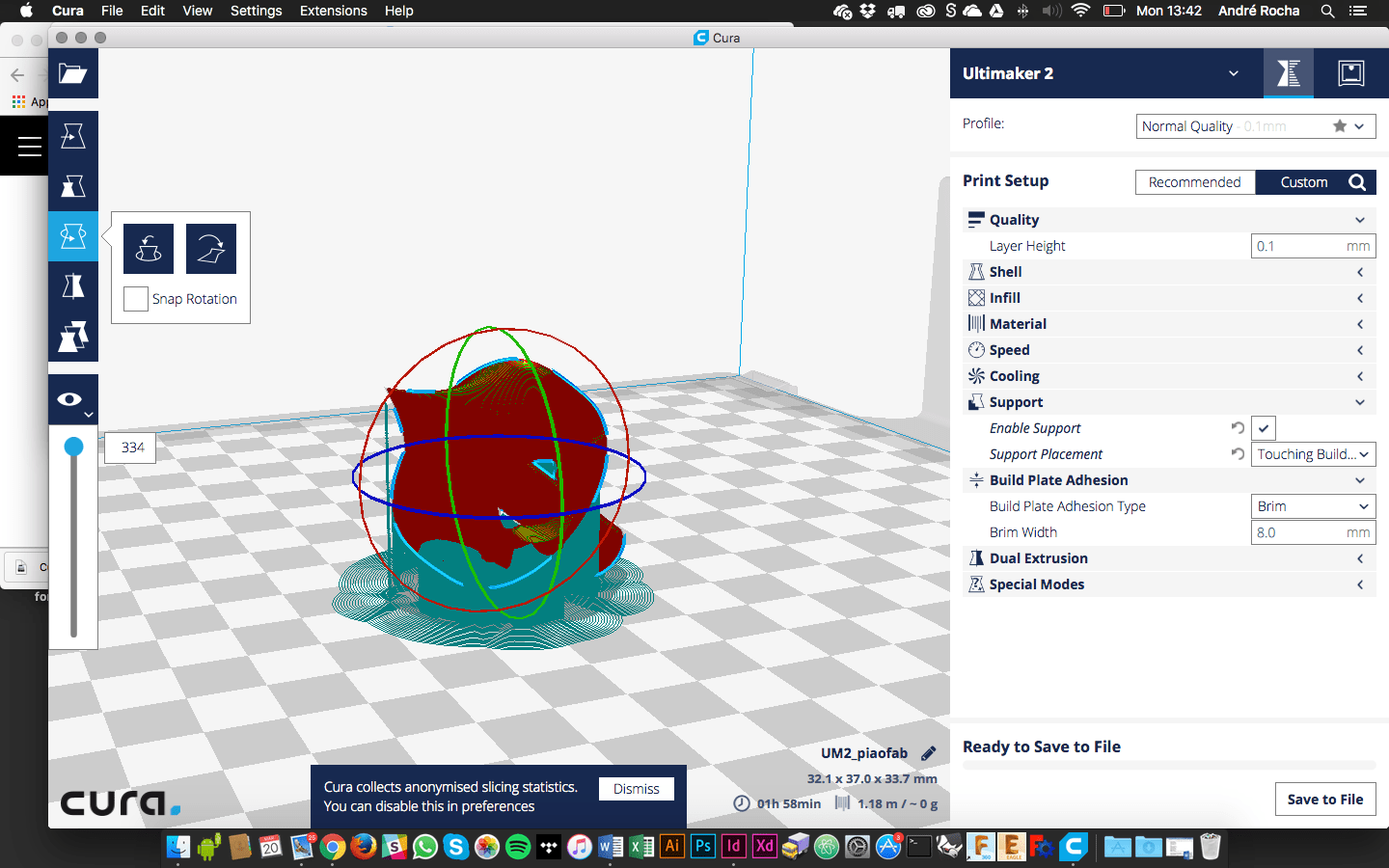
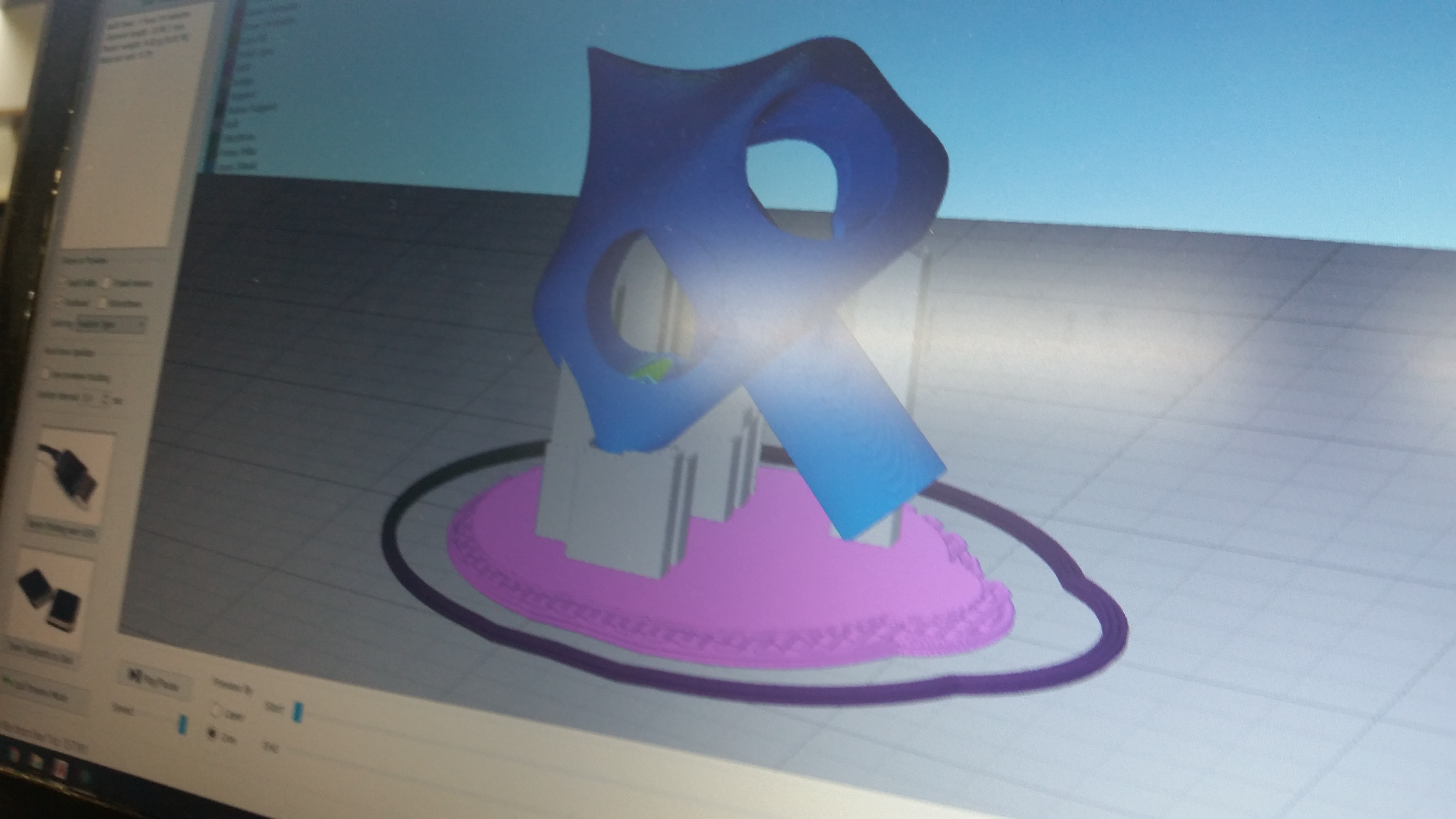
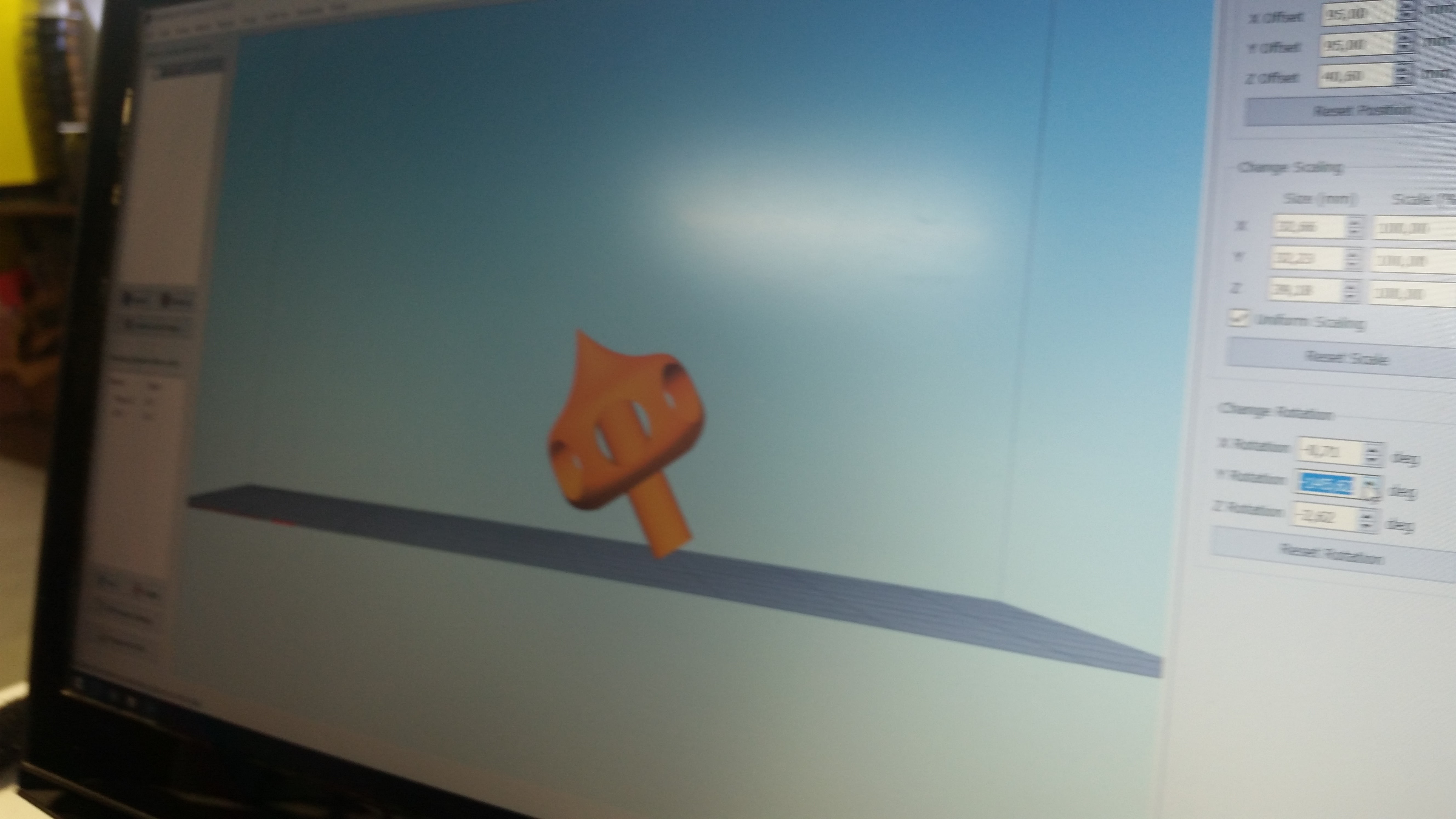
This spinner was designed to accommodate most of the particularities we want to test on a 3d printed object from overhangs to 0,00 tips. The test used a Prusa I3 and an Ultimaker 2+, both with two different slicers. Cura for the Ultimaker and simplify 3d for the Cura. (green and blue on the images. We also tested two different positions. In both cases, the necessity of using supports damaged the spinner's radial symmetry with the roughness of the material left on the surface after breaking it.
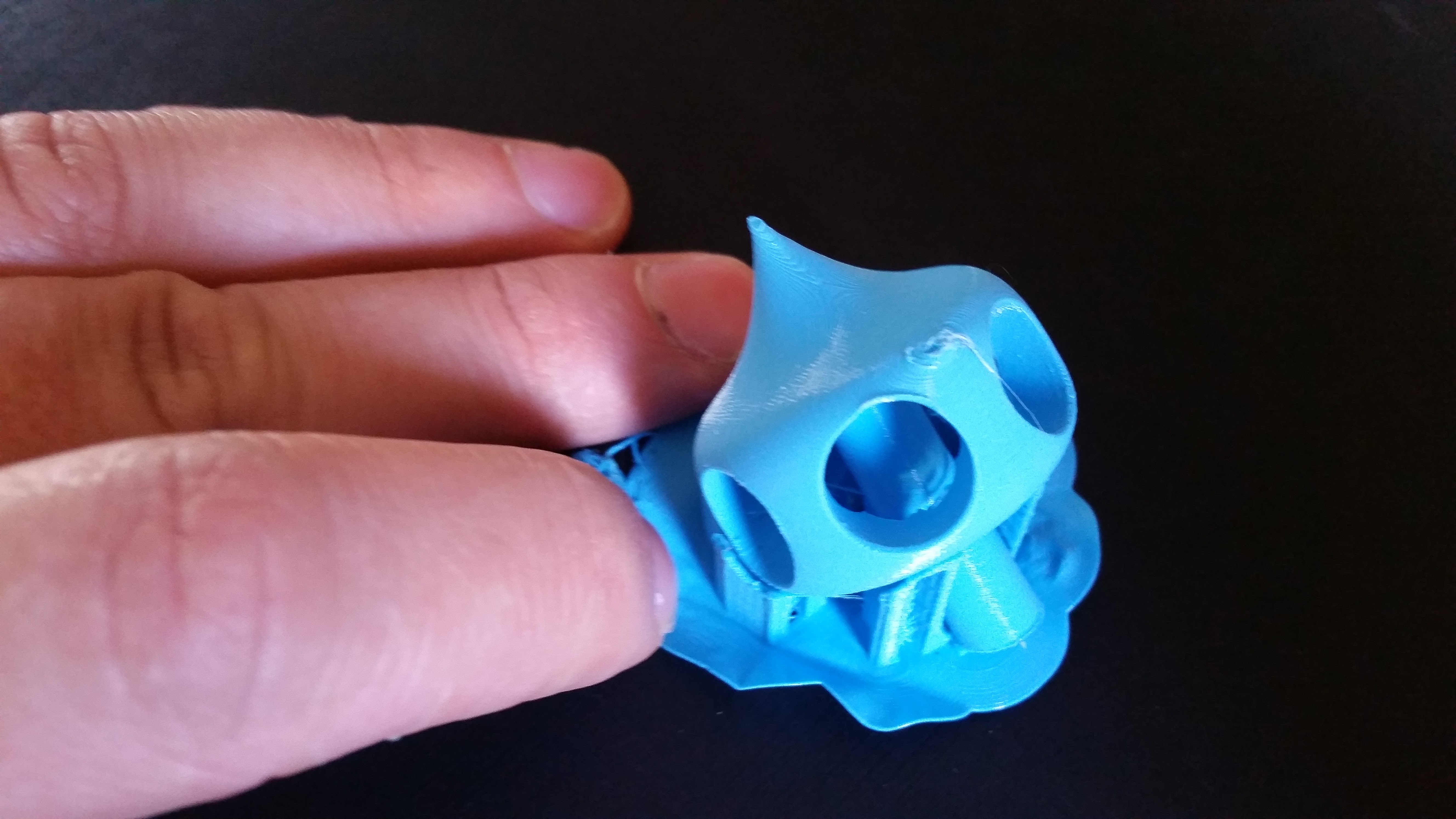
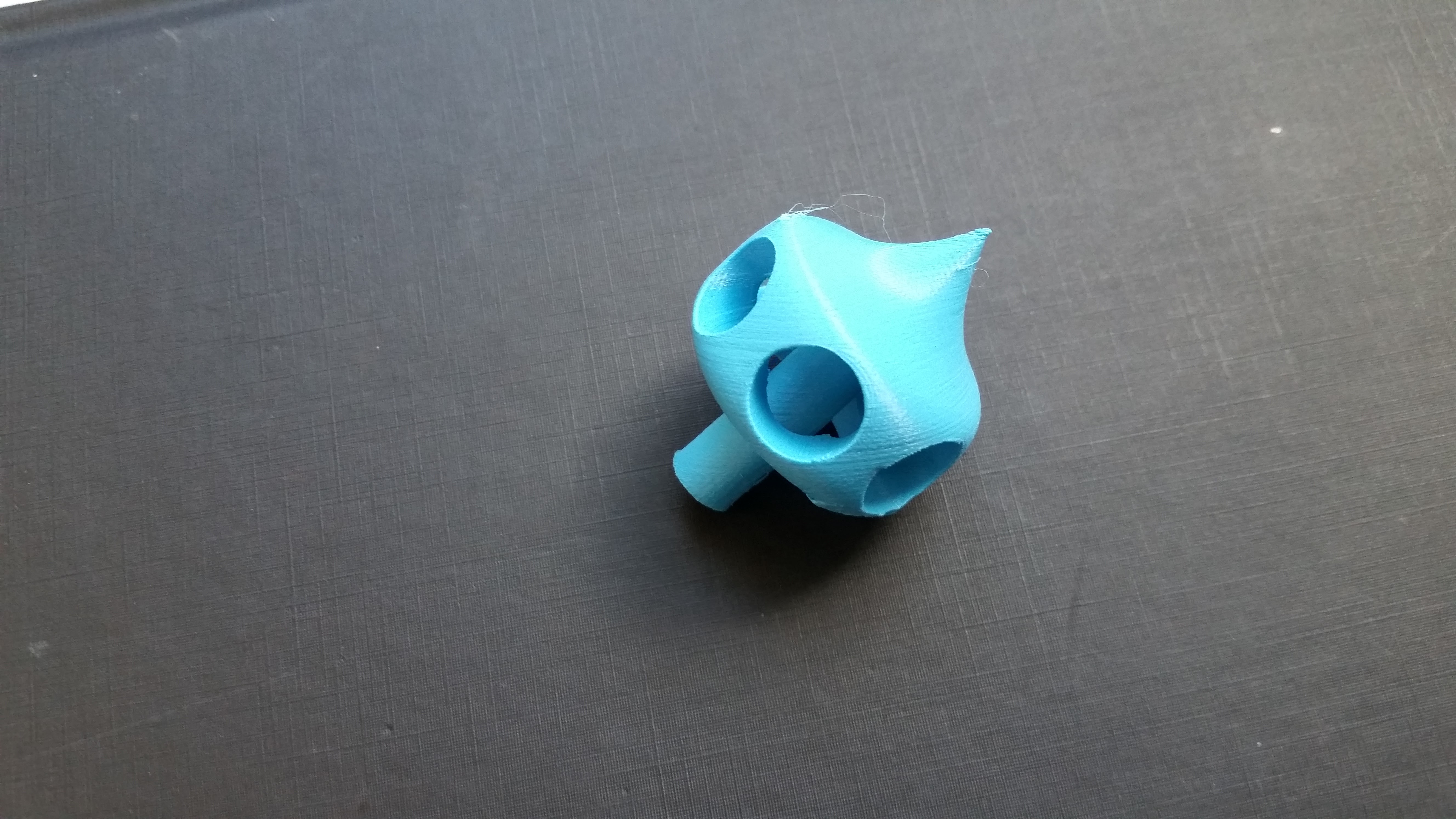
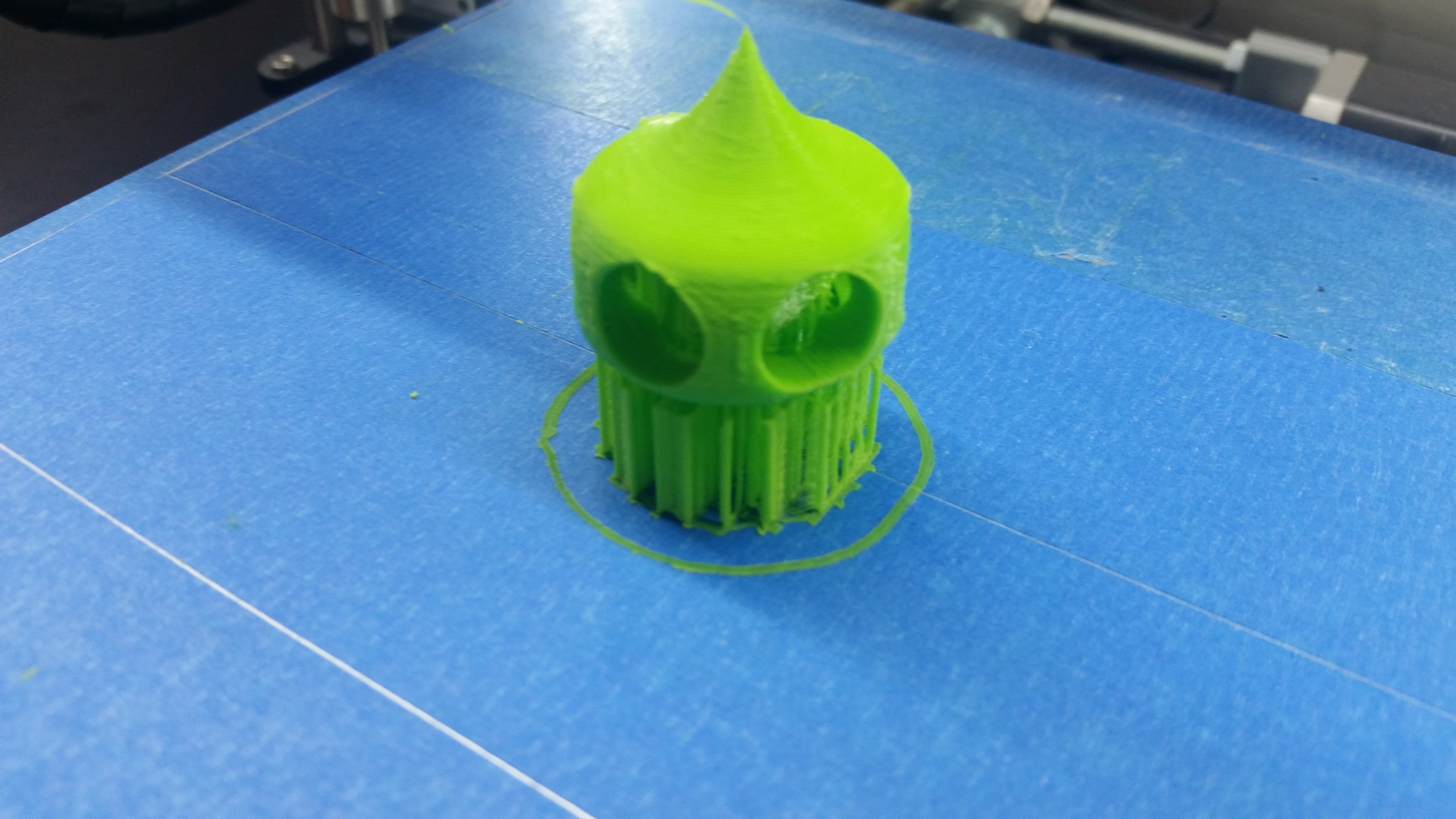
Later I had access to a resin SLA printer, which combines laser precision with 3d printing. The result is much more precise and clean. The print is faster. The setback is that it's more costly and less resistant of you're using a generic resin.
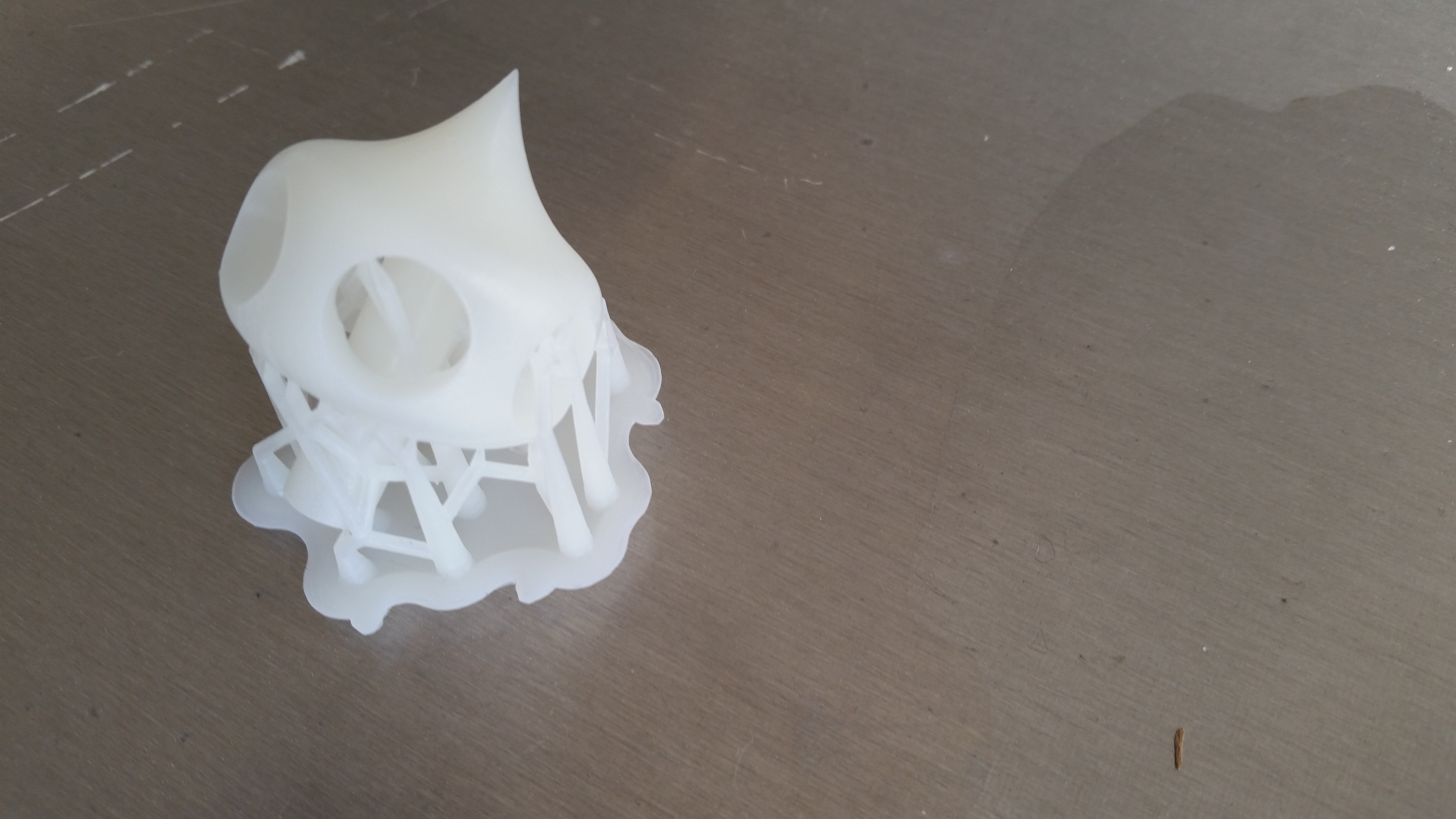
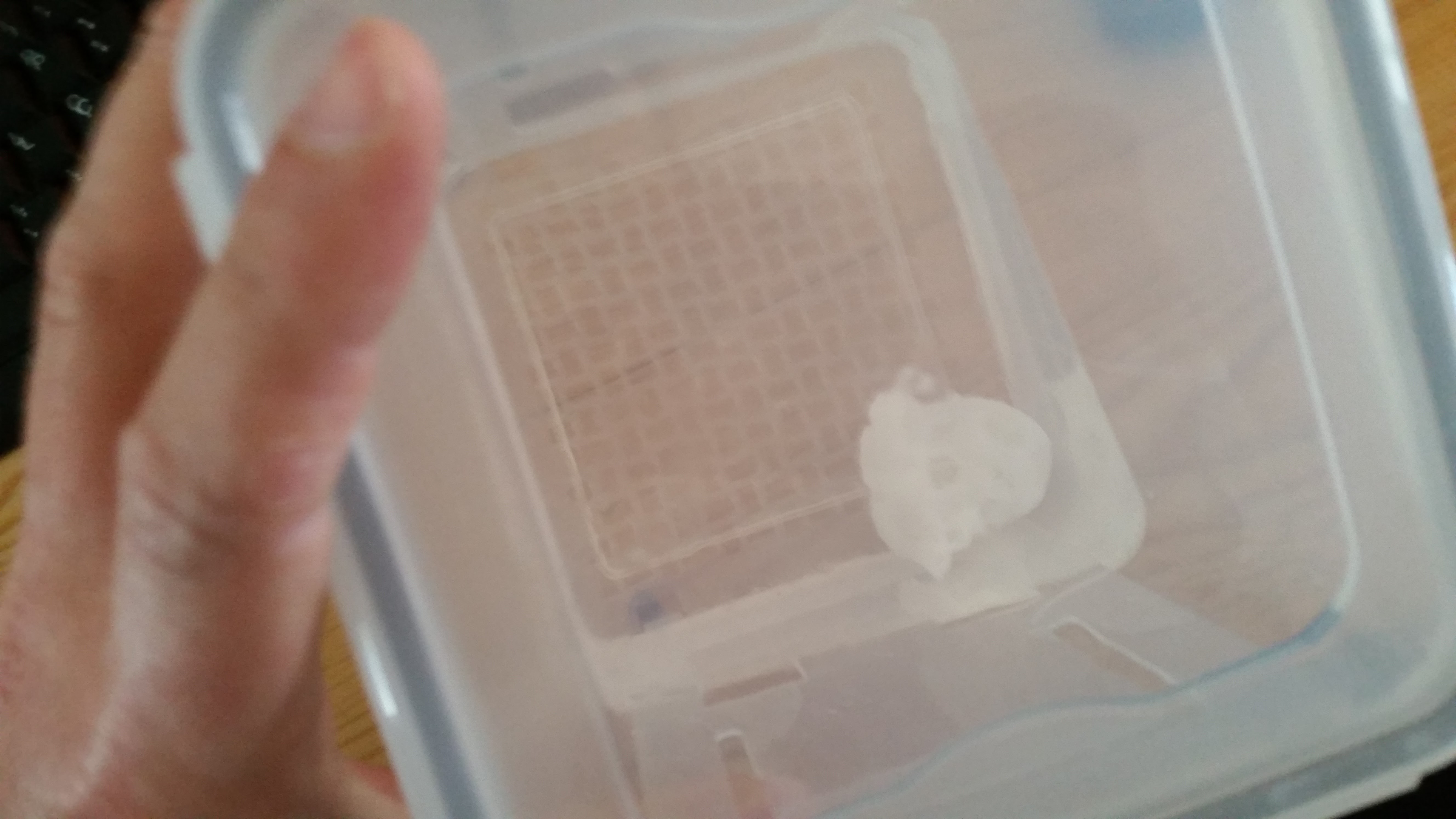
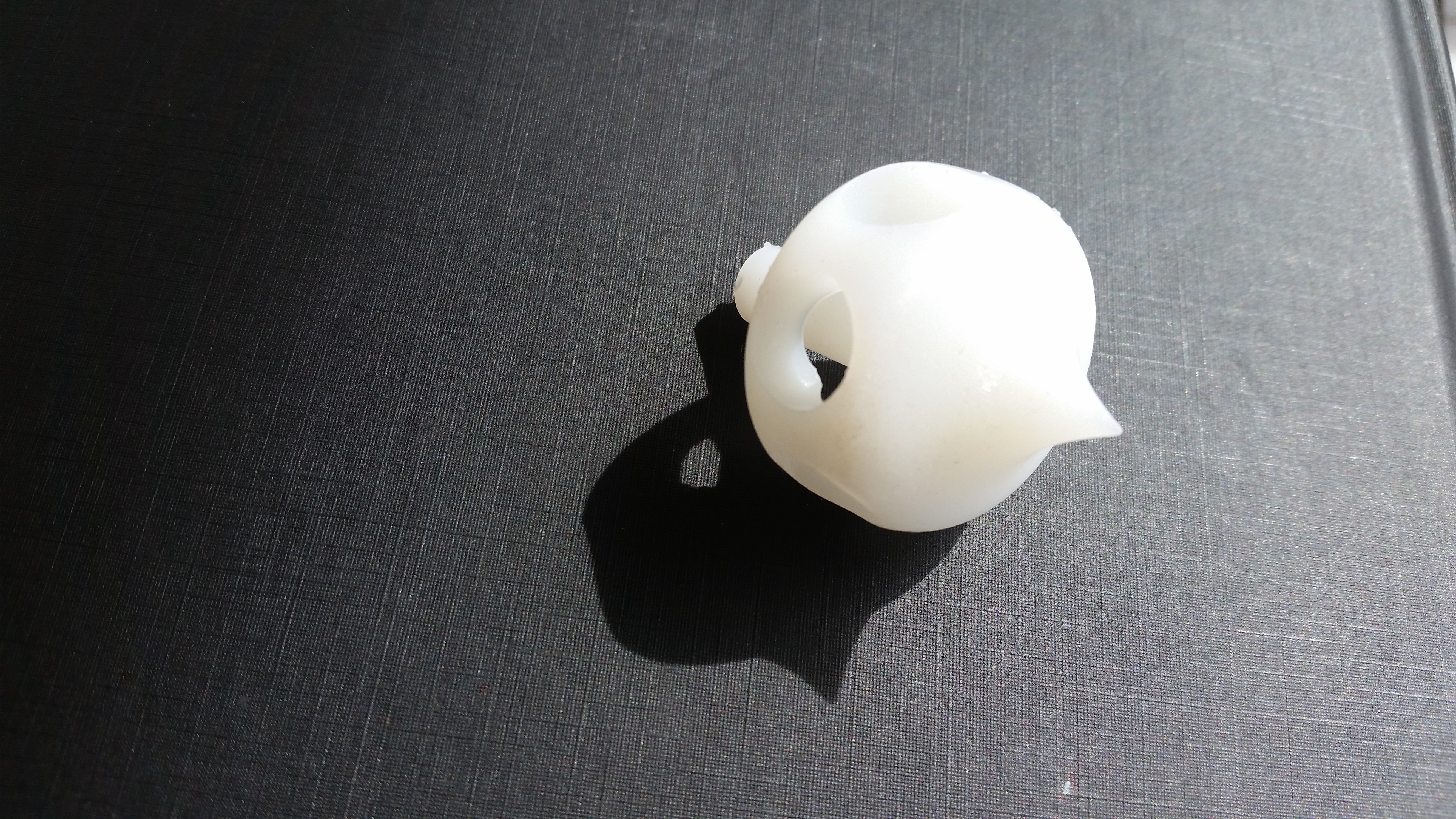
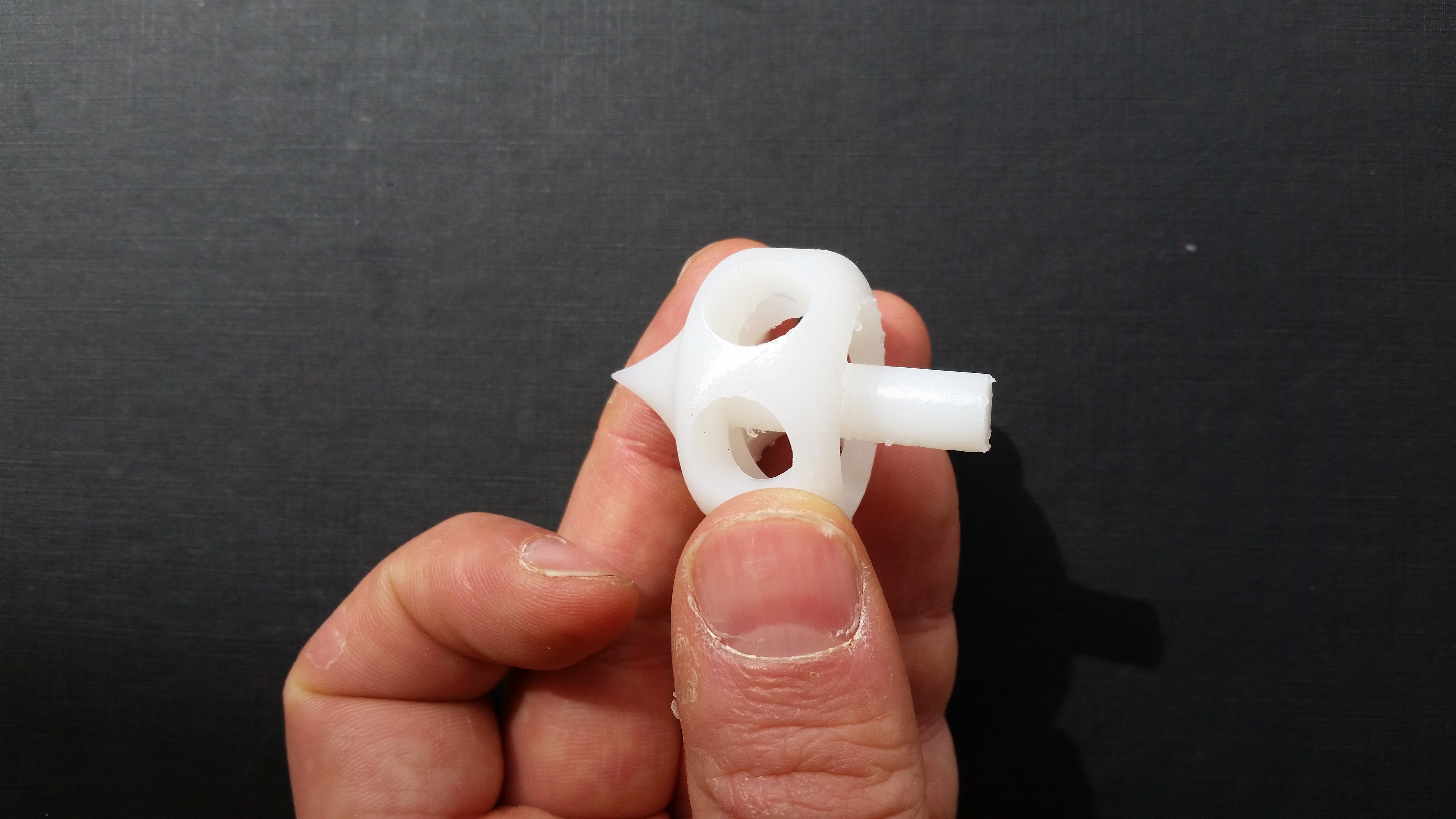
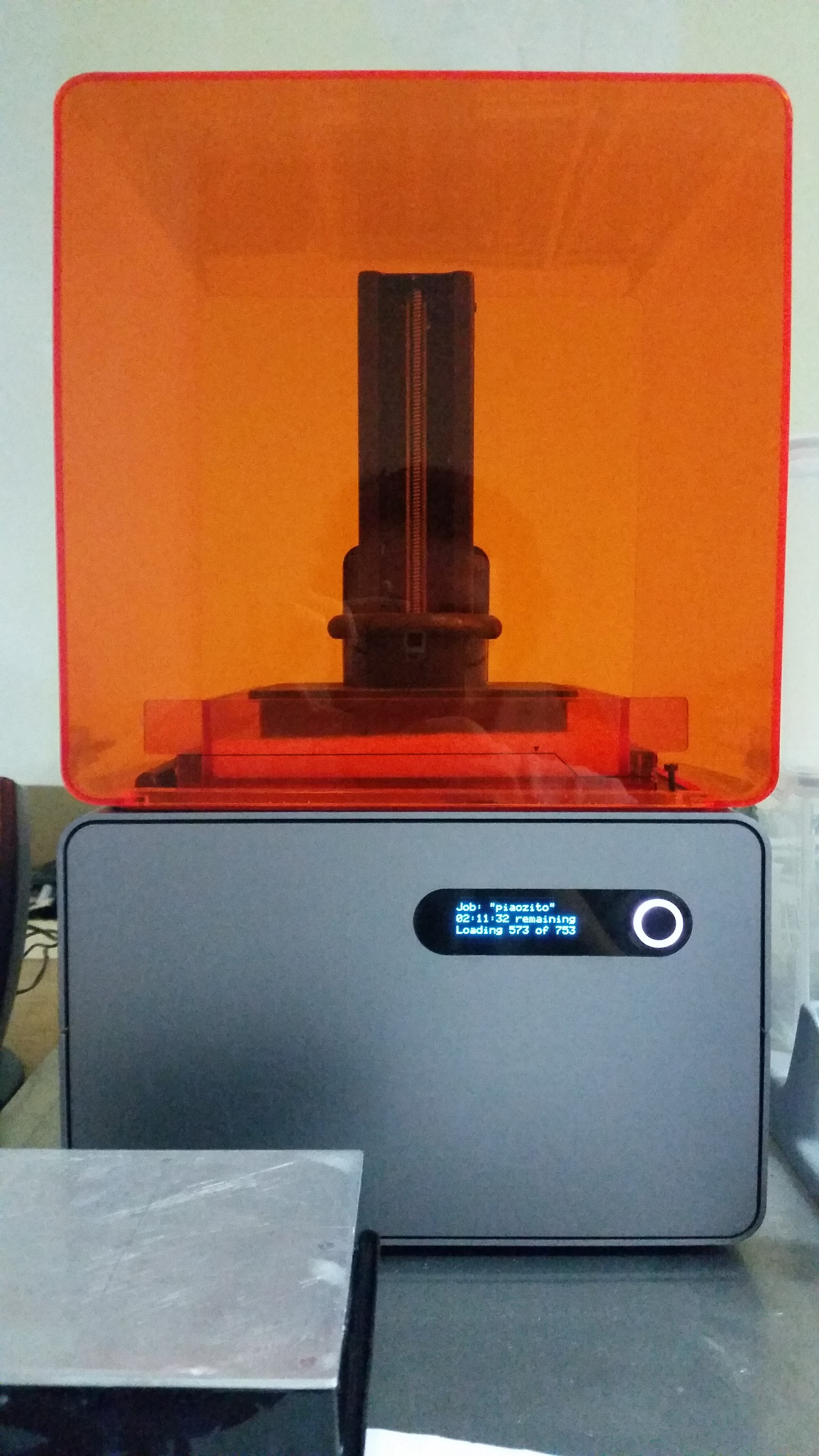
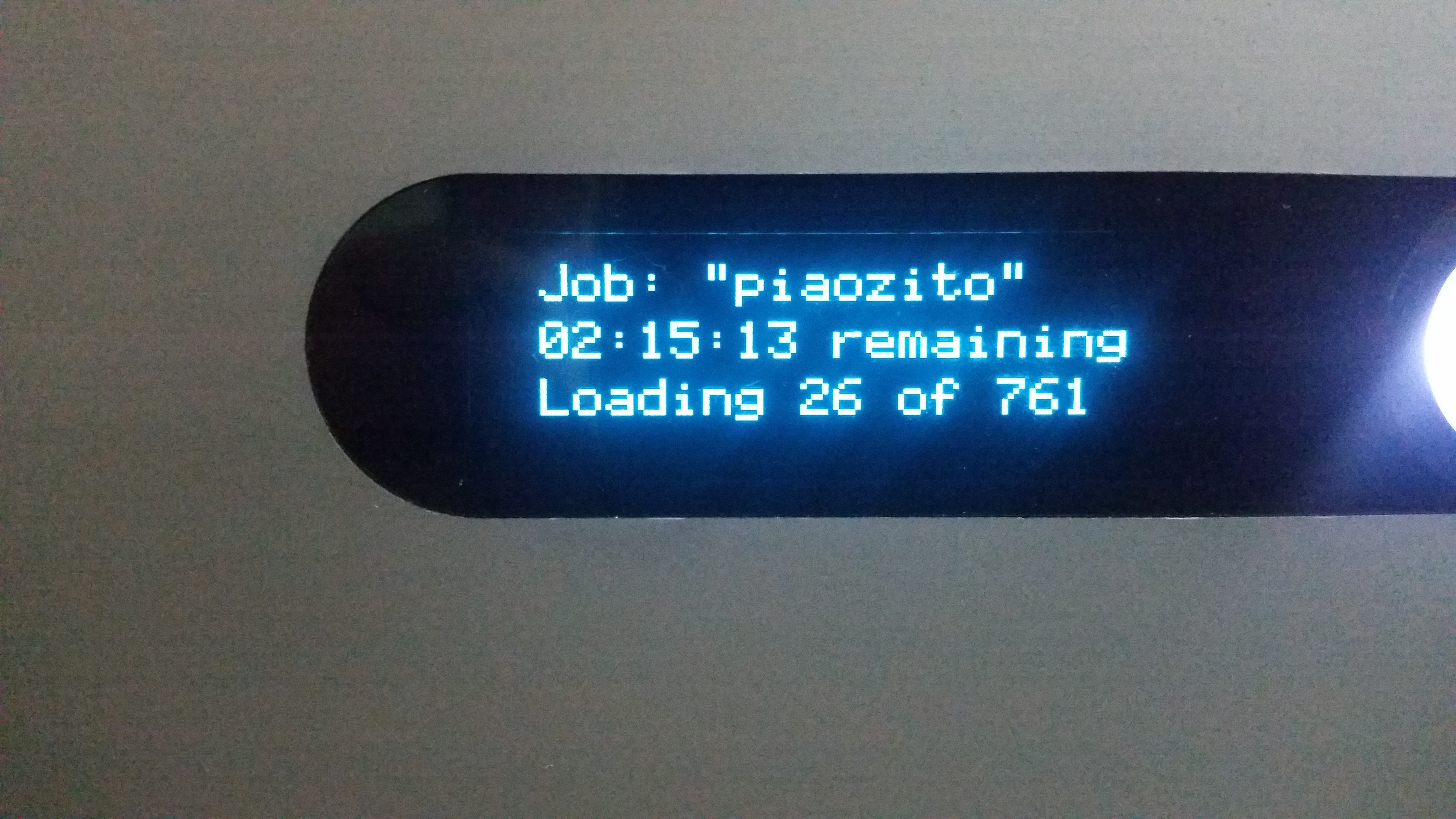
Concluding, I will use FDM with a standard definition of 0.2 most of the times, for fast and more resilient artifacts. It is important to say that we used PLA in all the FDM tests. Arguably a more ecological practice and material.